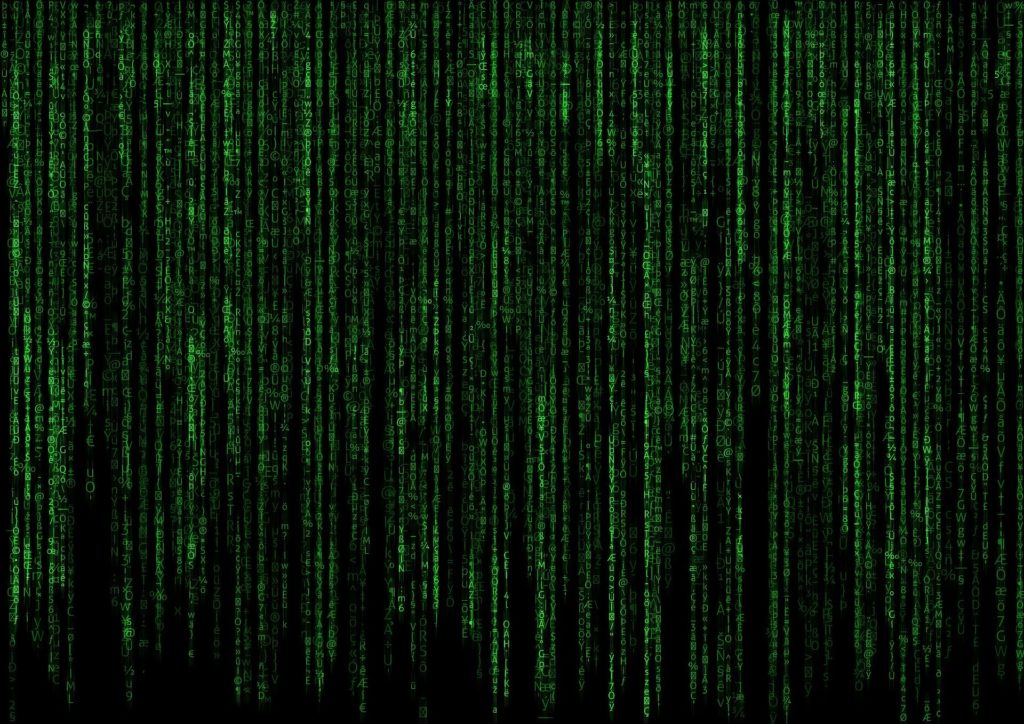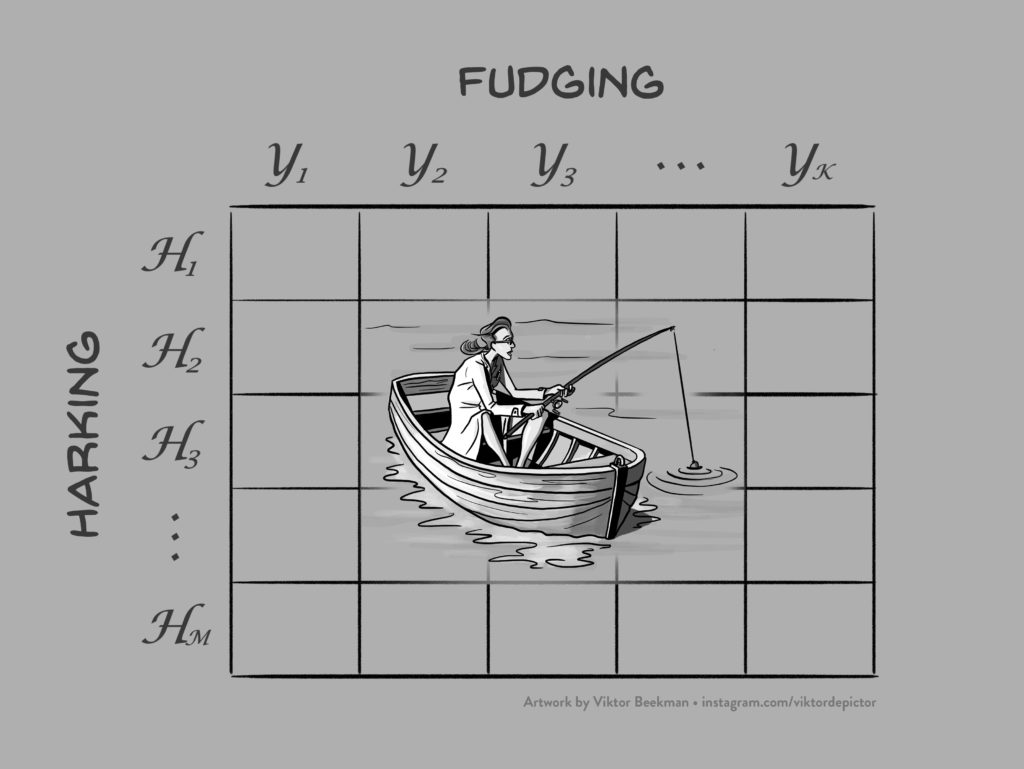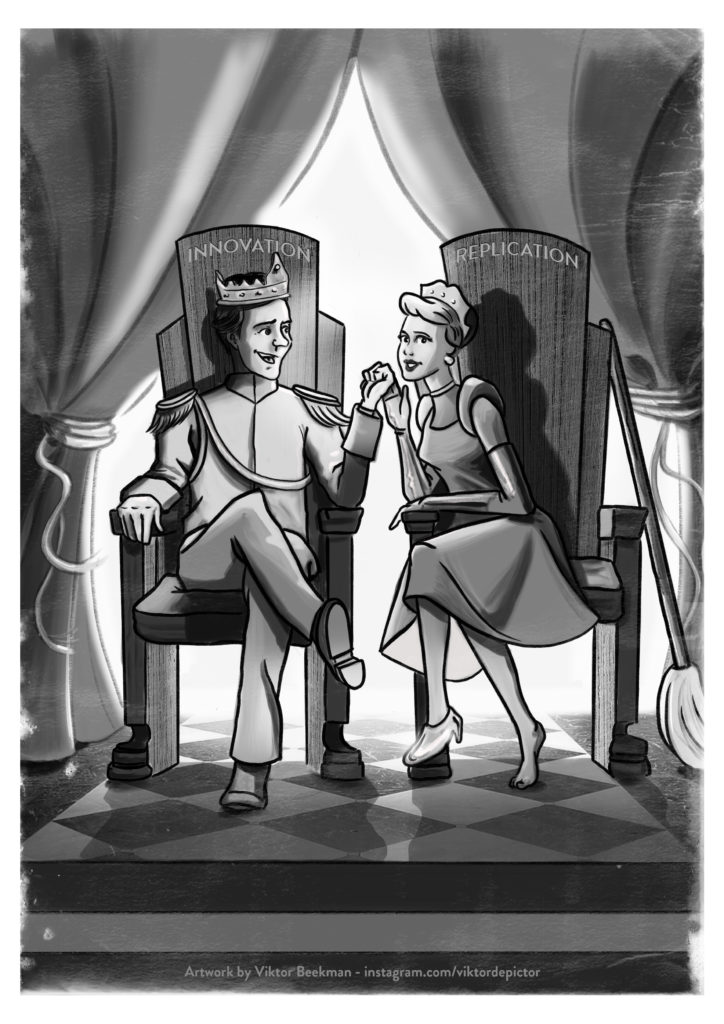Einstein’s Riddle

Summary Einstein confused his students with a riddle about probability – or was it Einstein himself who was confused? Albert Einstein disliked the idea that the laws of nature were inherently probabilistic. ‘God does not play dice with the universe,’ he stated famously and repeatedly. Yet, physicists like Niels Bohr strongly advocated the idea –based on the ‘Copenhagen interpretation’ of…
read more





